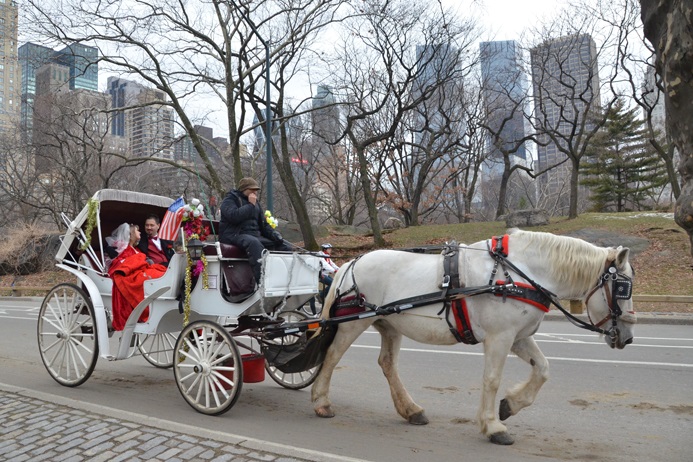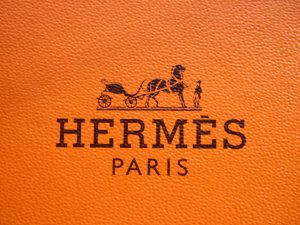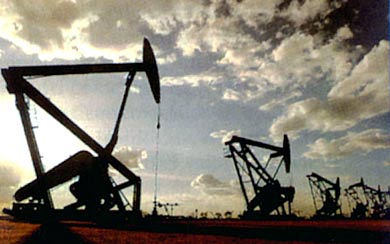Brief Digression of Machines in contemporary culture and society

Nowadays machines are a fundamental part of our
lives and our world. If I try to imagine a world without machines, the scenario
would be a catastrophe. Some films deal with this concept and show these
scenarios, picturing them as a true disaster for human beings. Moreover, we
have become dependent on technologies and machines at a huge and
ever-increasing level.
On the other hand, the presence of machines in
our daily life should not be satanized. Some people legitimately think that
machines should not invade the human essence, but we have to admit that our
lives are completely different with the aid of machines. We are now far from
the times of the Industrial revolution, where even violent attacks against the
factories occurred, but there are some persons that still consider machines
have negative influence, or that they are not natural.
First of all, we should recognize that in
nature there are elements that seem perfect machines. The human body, rivers
flow, oxygen purification, plants, etc. But it is the human mind the creator of
machines. Machines are born in our imagination and in our subconsciously desire
to imitate nature. Besides, machines expand our limits and make us reach
superior levels, in terms of: velocity, strengths, storage, specificy, equal
production, among others.
Of course the development of machines is not a
task for everyone out there. The production of a safe, resilient and useful
machines is, in almost of the cases, the product of years of study of people
devoted to different sciences and engineering branches.
I personally chose, a couple of years ago, to
study chemical engineering. It is a very unique field, where a lot of different
sciences are combined. The actual name of my study path should be "process
engineering", because we mainly deal with different processes each day, we
address the transformation of materials (raw) into final useful products. The
transformation of matter from one state to another implies, at practical level,
the use of machines. In my field, not only chemical reactors are used, but also
heat exchangers, compressors, tanks, pumps, fermenters, filters, electronic
controllers, sensors, mixers and they are all specific machines that can be put
to work together for the wanted process. It does not matter if your profession
is related to them because our daily lives are related to machines in a very tight way.
From transportation (e.g. bus, cars, trucks, bicycles), groceries
(transportation and production), communication (cellphones, phones, computers,
faxes, printers) to housing (construction machines, asphalt paver) we are truly
overwhelmed by machines and we must understand the role of them in our society.
It is also interesting to note that the new
generations, that are born during the recent years (the so called Digital
Native), are used to integrate technologies in their lives easier and they
require less time adapt their habits to them. Furthermore, our brains are
already programmed to find solutions with the aid of machines. In a previous
post, I mentioned an idea that correlates machines and art. Since they have
touched every aspect of our lives, art was not the exception.
The third stroke of the Industrial Revolution
(the Digital Revolution) changed the way in which people were related to
machines. Machines this time were aimed at arriving directly to the masses,
they were not supposed to be controlled by an oligarchy or to produce weapons.
The result of this revolution is the Information Age, that we are living now.
This era is characterized by the strong presence of computers connected through
the net and the real globalization of the world.

















